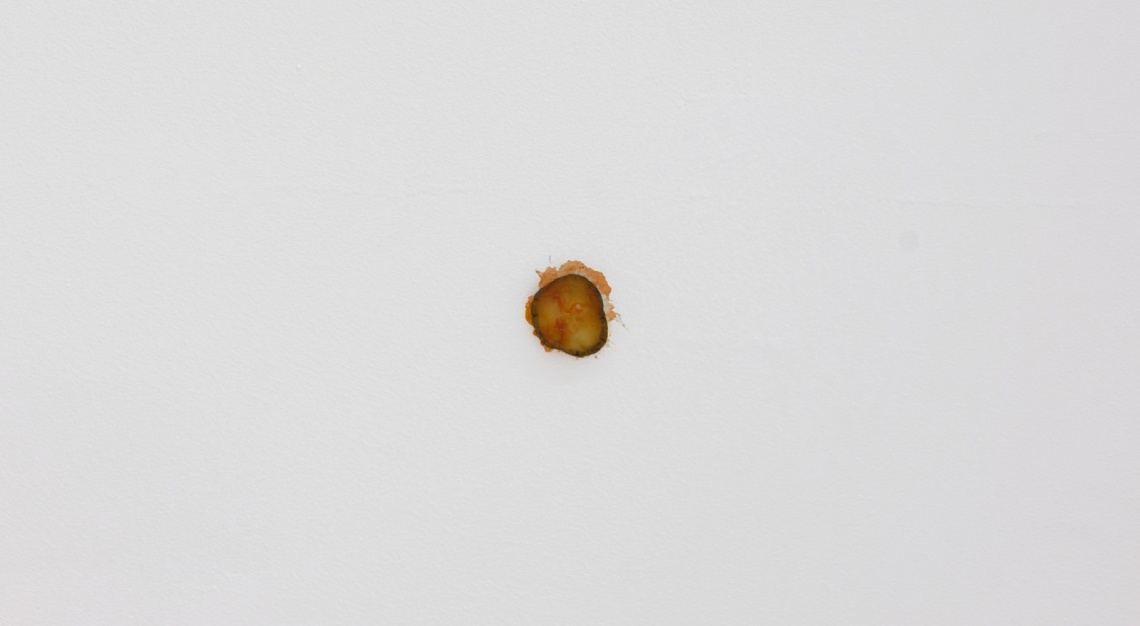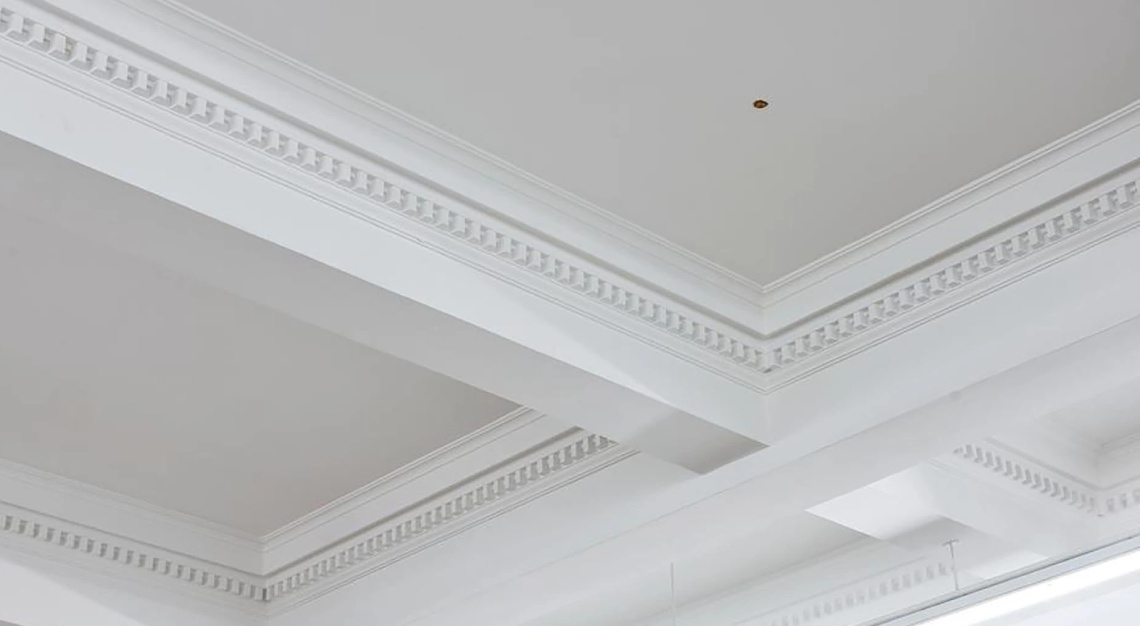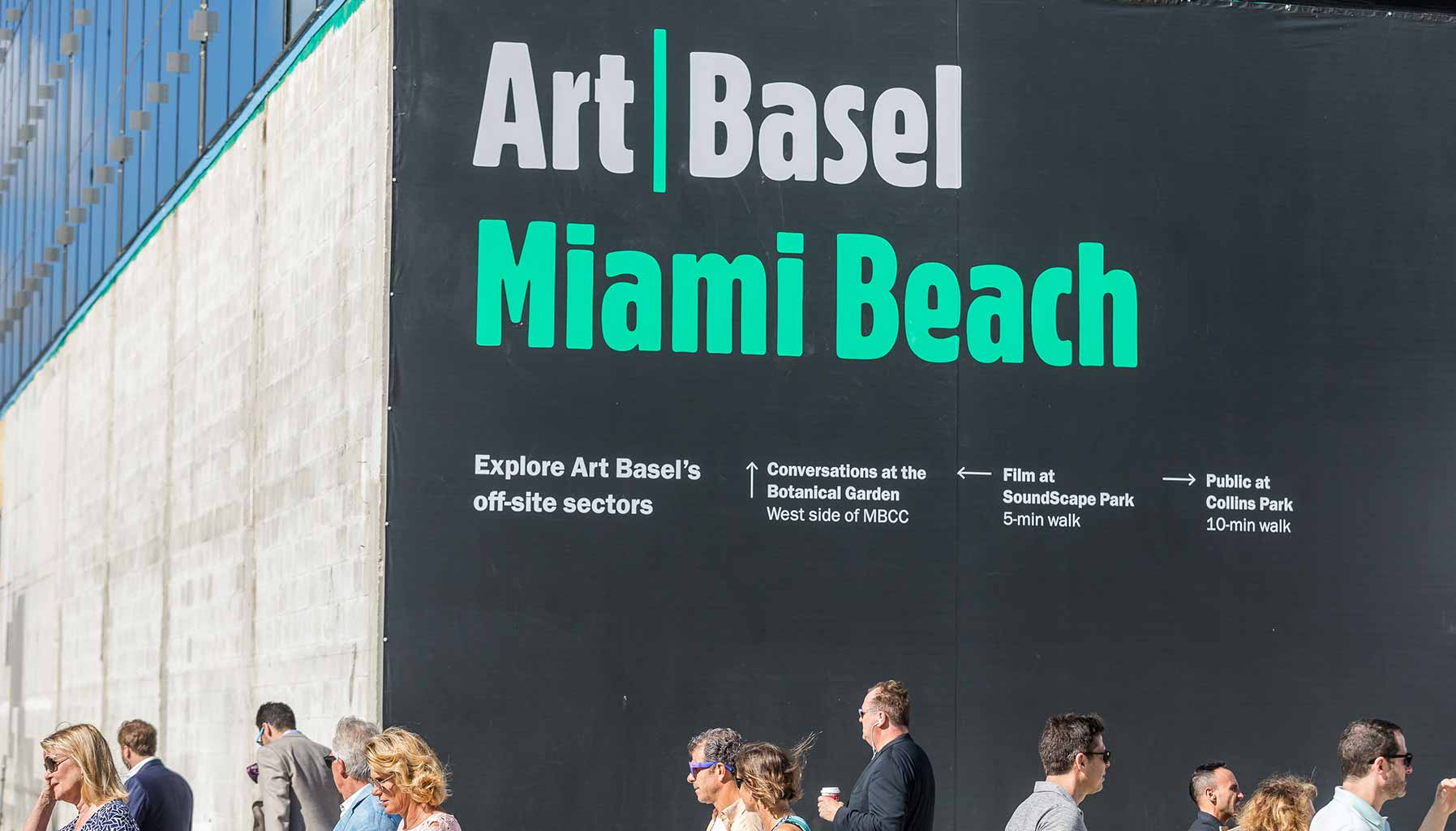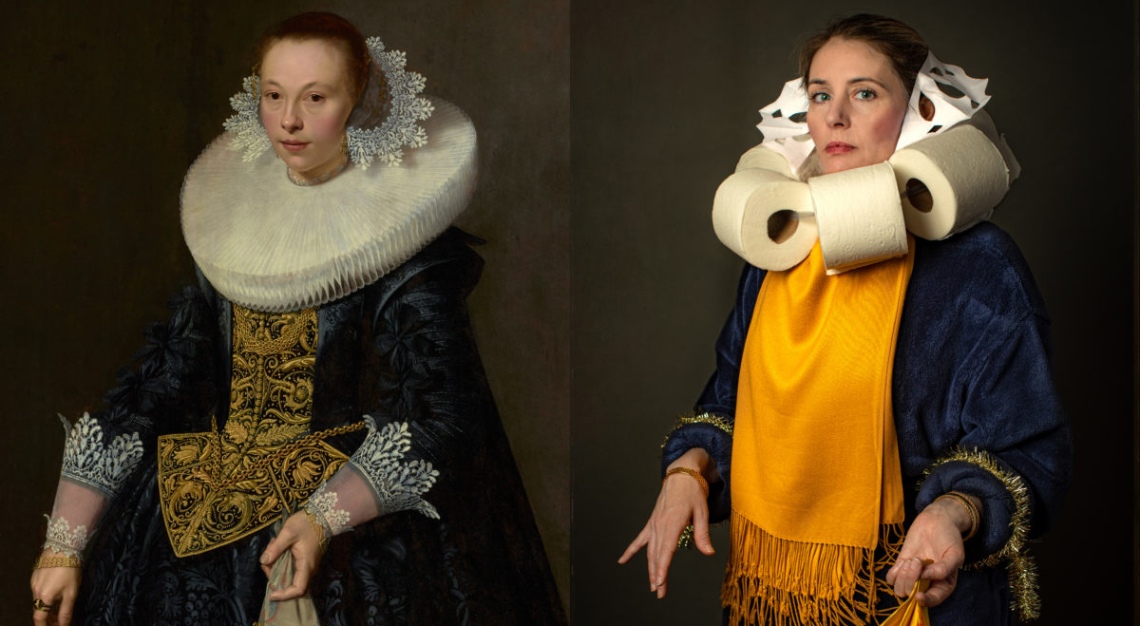As with all great artworks, the piece comes at a price—for a hefty sum of NZ$10,000, you would receive instructions for how to recreate your very own rendition of Pickle
The age-old question “what is art?” has plagued the minds of millions like you and I. In a world where aesthetic is constantly evolving and reimagined, what qualifies as art? Is it Roman warriors in sculpted stone, a meat dress at the Met Gala, or a collage of tomato soup cans? As they say, if you cannot blow them away with your brilliance, baffle them with your pickle on the ceiling.
Wait, what?

Represented by Fine Arts, Sydney, Australian artist Matthew Griffin meticulously peeled back the brioche buns of a slow-cooked wagyu burger and—maybe you would wish there was more to this. There isn’t. It was a McDonald’s cheeseburger, and the man, in an impressive feat, slapped a pickle onto a gallery ceiling.
On display throughout July in Auckland’s Michael Lett Gallery, this artwork by Griffin is titled Pickle. You would be surprised at the adhesive power of some nondescript burger sauce and ketchup remnants, because that was all that was used to keep it on the ceiling. And as with all great artworks, the piece comes at a price—for a hefty sum of NZ$10,000, you would receive instructions for how to recreate your very own rendition of Pickle (no, you would not get the original pickle). Though, if you think about it one step further, you would have to get your own McDonald’s cheeseburger (S$3.65). So really, you would be paying S$8674.65. Think of it as buying a concept.

Ryan Moore, the Director of Fine Arts, Sydney explains: “As much as this looks like a pickle attached to the ceiling—and there is no artifice there, that is exactly what it is—there is something in the encounter with that as a sculpture or a sculptural gesture.”
Was there a statement behind this? Some challenge to norms and expectations of some kind? I’m not sure I know, but I’m sure this is one of the works that will continue pushing boundaries of how art is defined, or what it is at all.
The question remains, though. Are we convinced?






